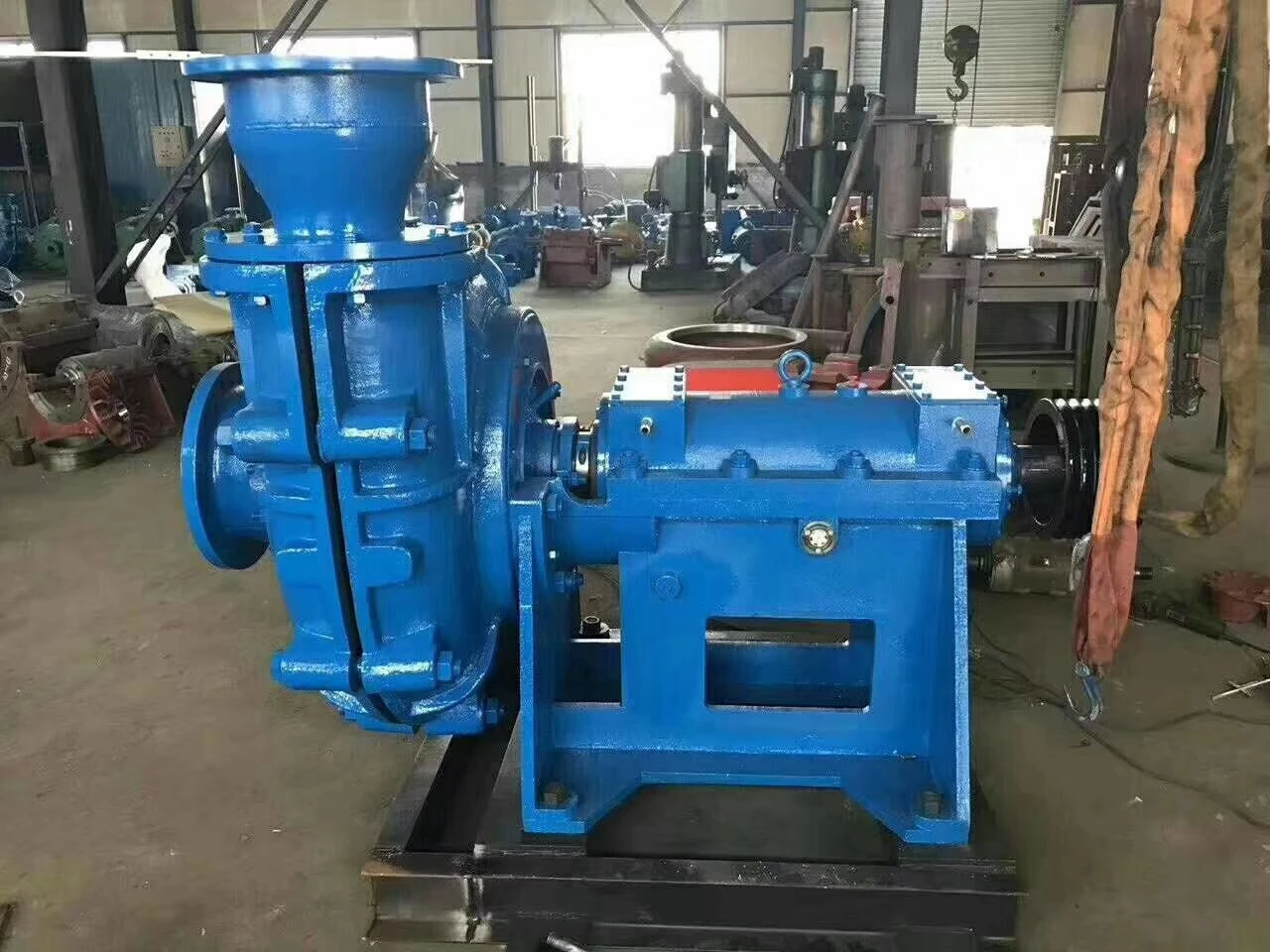English
- Afrikaans
- Albanian
- Amharic
- Arabic
- Armenian
- Azerbaijani
- Basque
- Belarusian
- Bengali
- Bosnian
- Bulgarian
- Catalan
- Cebuano
- Corsican
- Croatian
- Czech
- Danish
- Dutch
- English
- Esperanto
- Estonian
- Finnish
- French
- Frisian
- Galician
- Georgian
- German
- Greek
- Gujarati
- Haitian Creole
- hausa
- hawaiian
- Hebrew
- Hindi
- Miao
- Hungarian
- Icelandic
- igbo
- Indonesian
- irish
- Italian
- Japanese
- Javanese
- Kannada
- kazakh
- Khmer
- Rwandese
- Korean
- Kurdish
- Kyrgyz
- Lao
- Latin
- Latvian
- Lithuanian
- Luxembourgish
- Macedonian
- Malgashi
- Malay
- Malayalam
- Maltese
- Maori
- Marathi
- Mongolian
- Myanmar
- Nepali
- Norwegian
- Norwegian
- Occitan
- Pashto
- Persian
- Polish
- Portuguese
- Punjabi
- Romanian
- Russian
- Samoan
- Scottish Gaelic
- Serbian
- Sesotho
- Shona
- Sindhi
- Sinhala
- Slovak
- Slovenian
- Somali
- Spanish
- Sundanese
- Swahili
- Swedish
- Tagalog
- Tajik
- Tamil
- Tatar
- Telugu
- Thai
- Turkish
- Turkmen
- Ukrainian
- Urdu
- Uighur
- Uzbek
- Vietnamese
- Welsh
- Bantu
- Yiddish
- Yoruba
- Zulu
Telephone: +86 13120555503
Email: frank@cypump.com
Nov . 18, 2024 01:57 Back to list
sewage ejector pump replacement
Understanding Sewage Ejector Pump Replacement A Comprehensive Guide
Sewage ejector pumps play a critical role in many residential and commercial plumbing systems. They are designed to move wastewater from lower to higher elevations, particularly when gravity drainage is not feasible. Over time, like any mechanical device, these pumps can fail or require replacement. Understanding the indicators of malfunction and the replacement process can save property owners significant downtime and expense.
Signs Your Sewage Ejector Pump Needs Replacement
1. Frequent Failures If your pump is frequently breaking down or requiring repairs, this is a clear indication that replacement may be necessary. Recurrent issues might suggest that the pump is nearing the end of its operational life.
2. Strange Noises Unusual sounds such as grinding, rattling, or continuous running can signal mechanical issues. While some noises may indicate minor problems, consistent unusual sounds are often a precursor to failure.
3. Slow Drainage If sewage or wastewater is draining slowly, your ejector pump may not be effectively moving the wastewater to the appropriate disposal area. This could result from clogs or pump failure, necessitating an assessment and potential replacement.
4. Increased Energy Bills A pump that is struggling to function will consume more energy. If you notice a spike in your electricity costs, it might be time to assess whether your sewage ejector pump is working optimally.
5. Backup Incidents Frequent sewage backups or overflows in your home can be a strong indicator that your ejector pump is malfunctioning. These issues not only create unsanitary conditions but can also lead to significant property damage.
6. Age of the Pump Most ejector pumps have a lifespan of about 7 to 10 years. If your pump is approaching or has surpassed this age range, you should consider a replacement even in the absence of obvious issues.
The Replacement Process
sewage ejector pump replacement

When replacing a sewage ejector pump, it’s essential to follow a structured approach to ensure a successful and efficient upgrade.
1. Selecting the Right Pump Depending on your specific needs, choose a pump that can handle your wastewater volume. Factors include the height the pump needs to lift the waste, the size of your plumbing system, and the type of waste materials you expect to handle.
2. Gathering Necessary Tools and Materials Before starting the replacement process, ensure you have the necessary tools a wrench, a screwdriver, a bucket, and possibly a saw if alterations to the existing piping are required. Having the new pump and relevant fittings ready will also streamline the process.
3. Shutting Off Power and Water Supply Safety first. Turn off the power to the ejector pump at the circuit breaker and ensure that the water supply feeding into the ejector pit is also shut off.
4. Removing the Old Pump Disconnect the power cables and the discharge pipe from the old pump, being cautious with any residual wastewater that might spill. Depending on your setup, you may need to cut additional pipes or fittings.
5. Installing the New Pump Follow the manufacturer's instructions carefully for the new pump installation. Connect the discharge pipe and power supply, ensuring all connections are secure to avoid leaks.
6. Testing the System Once the new pump is in place, restore power and water supply. Run a few tests to ensure the system is operating smoothly and efficiently.
Conclusion
Regular maintenance and timely replacement of your sewage ejector pump can prevent catastrophic plumbing failures, ensuring that your home or business remains functional and sanitary. By being aware of the warning signs of a failing pump and understanding the replacement process, you can take proactive steps toward safeguarding your property. If in doubt, always consult a plumbing professional for advice and assistance, ensuring the job is done correctly and efficiently.
-
ISG Series Vertical Pipeline Pump - Chi Yuan Pumps Co., LTD.|High Efficiency, Energy Conservation, Low Noise
NewsJul.29,2025
-
ISG Series Vertical Pipeline Pump-Chi Yuan Pumps Co., LTD.|High Efficiency&Energy-Saving
NewsJul.29,2025
-
ISG Series Vertical Pipeline Pump - Chi Yuan Pumps Co., LTD. | High Efficiency, Energy-Saving
NewsJul.29,2025
-
ISG Series Pipeline Pump - Chi Yuan Pumps | High Efficiency, Low Noise
NewsJul.29,2025
-
High-Efficiency Vertical Slurry Pumps for Mining & Industry Solutions
NewsJul.29,2025
-
High-Efficiency Pipeline Pump Solutions for Every Pipeline Pump Station
NewsJul.29,2025










